"Tesla of the seas"
Starting in December, four schools on the Värmdö archipelago were the first to use the X Shore Pro - a new electric boat described as the "Tesla of the sea" - to transport students to and from school.
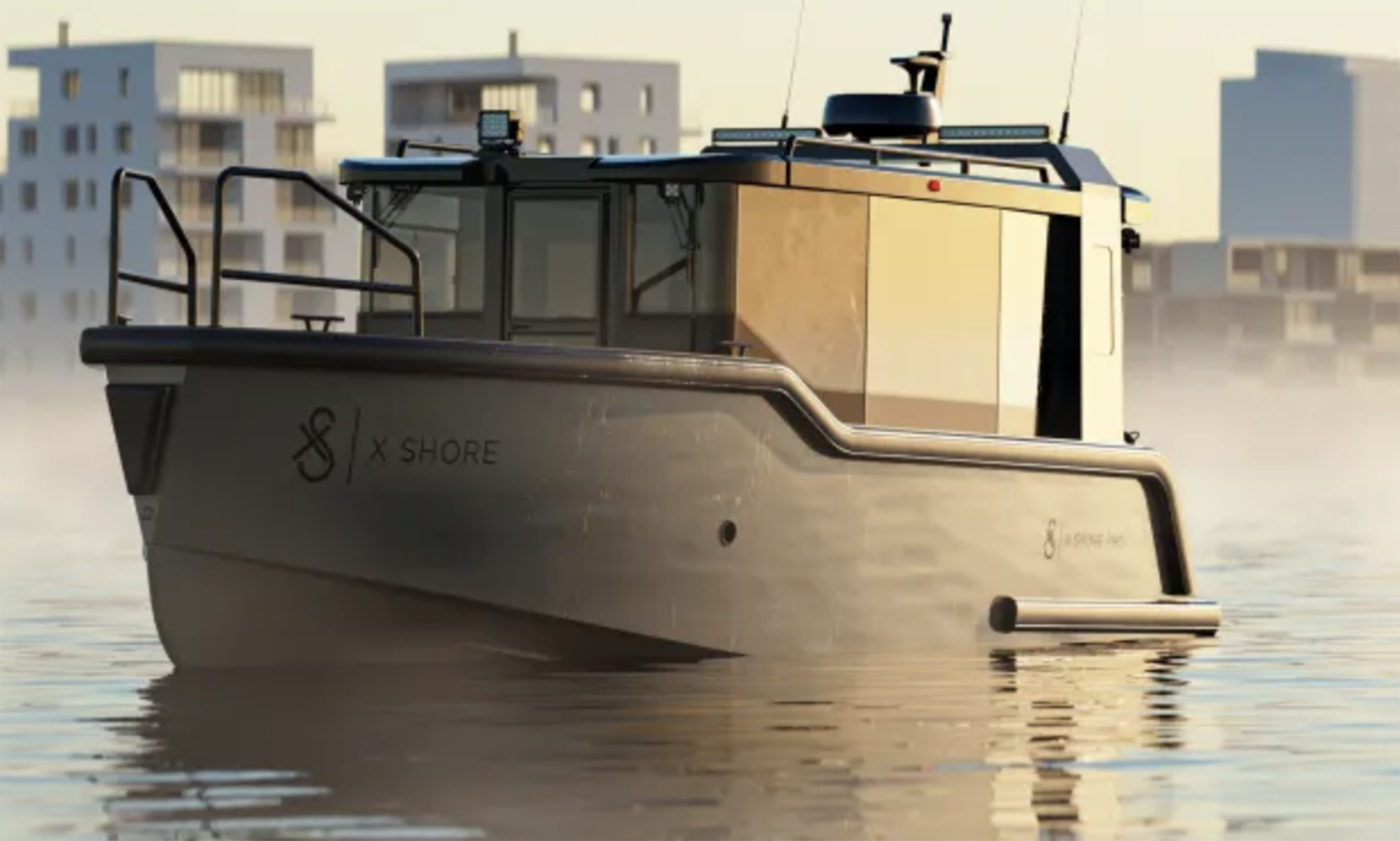
The X Shore Pro electric boat is used to transport students to school in Värmdö.
The boat is 8m long and can accommodate up to 10 people, has a top speed of 30 knots and a range of around 100 nautical miles. Because the X Shore Pro is fully electric, it produces no emissions or noise, making for a smoother user experience.
CNN (USA) quoted Ms. Maria Niläng, principal of Värmdö Archipelago School, as saying: "We prioritize the health and well-being of our students as well as the environment. With electric school buses, we are not only providing efficient transportation but also promoting a greener society."
Founded in 2019, X Shore has launched two high-performance electric recreational boats, the Eelex 8,000 and the smaller X Shore 1. The X Shore 1 starts at €109,000 (about $119,000), but the more expensive models in the line start at €195,000 (about $213,000). When the X Shore 1 was first introduced, many people compared it to a Tesla electric car.
According to Ms. Jenny Keisu, Communications Director of X Shore, this is the first time people can buy a high-performance electric boat at the same price as a car. The experience on the X Shore boat is completely different from a traditional boat with no smell of smoke or fuel.
The company's electric boats use batteries similar to those used in electric cars. They are lithium-ion batteries, but they have more safety requirements because they operate underwater. A boat can be fully charged in just 30 minutes.
The boat can also be charged using the equipment available at all marinas. Accordingly, the charging time is about 2 - 3 hours depending on the type of charger. It is also possible to use a household electrical outlet to charge, but it will take more time.
According to Ms. Keisu, in fact, the charging infrastructure for boats already exists because even boats using traditional internal combustion engines still need to charge batteries to provide electricity for electrical systems and equipment on board. The difference is that this boat uses batteries for the engine, so it will need more energy sources.
How to replicate?
Each recreational boat emits four times more CO2 than a regular car. However, the development of electric boats is still difficult due to many factors related to electric motors.
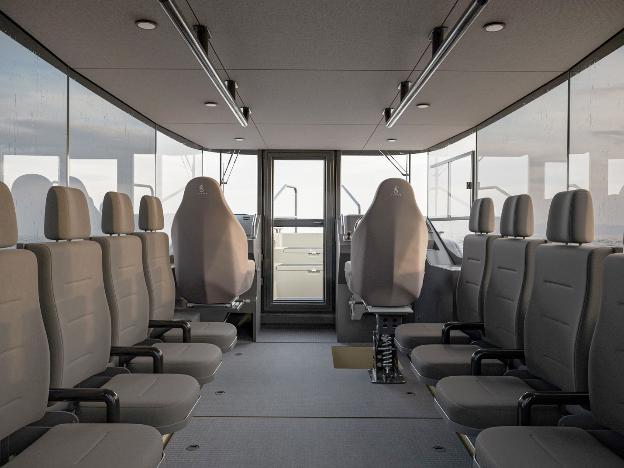
Inside the X Shore Pro electric boat.
In fact, electric motors on boats are not so new as cars. Mr. Timothy McCoy, a professor at the University of Michigan, USA, said that electric motors have existed for more than 100 years. The use of batteries as the main means of energy storage has also been around for a long time. However, the reason why this type of vehicle is difficult to develop strongly is because of many technological limitations.
“The main issue is the energy density of the battery,” McCoy explains. “This is an issue that the entire automotive industry is facing.”
To get the same power per kilogram of diesel or gasoline, a boat would need to carry 40 kilograms of batteries. Therefore, to have enough power to operate, a boat would need to carry about 40 times the weight of batteries compared to the weight of gasoline/diesel.
However, according to Ms. Keisu, in the context of climate change taking place strongly as it is now, all parties must join hands to make a breakthrough.
"We need the government to promote it through subsidies or policies to ban ships/vehicles using internal combustion engines. That is an extremely important condition to stimulate the development of electric vehicles," said Ms. Keisu.
Internal combustion engine boats and ships are now facing bans on some lakes and waterways around the world . Diesel and petrol engines will be banned from the canals of Amsterdam, Netherlands, for example, from 2025. Norway is planning to require zero emissions for cruise ships, tourist boats and ferries in its UNESCO World Heritage-listed fjords by 2026.
Source: https://www.baogiaothong.vn/hoc-sinh-toi-truong-bang-tesla-tren-bien-192231208184753009.htm


![[Photo] Vice President Vo Thi Anh Xuan, French President Emmanuel Macron and his wife visit Hanoi University of Science and Technology](https://vphoto.vietnam.vn/thumb/1200x675/vietnam/resource/IMAGE/2025/5/27/267b6f2bdf3e46439f081b49f6ec26b1)



![[Photo] Hungarian President begins official visit to Vietnam](https://vphoto.vietnam.vn/thumb/1200x675/vietnam/resource/IMAGE/2025/5/27/ab75a654c6934572a4f1a566ac63ce82)





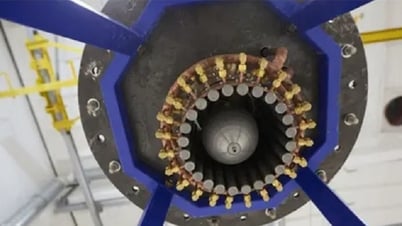


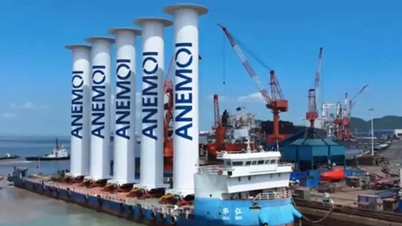

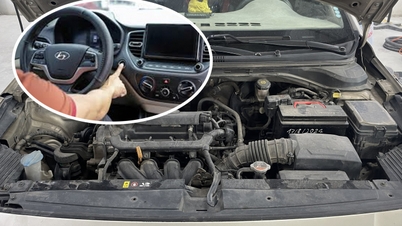
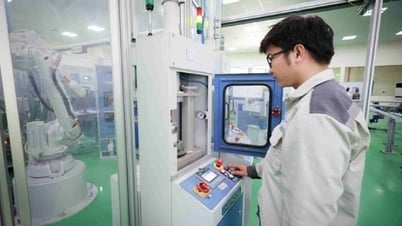













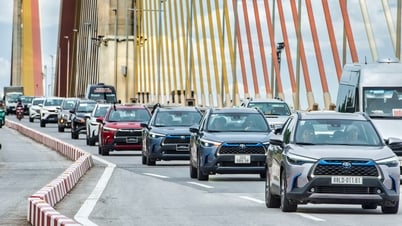






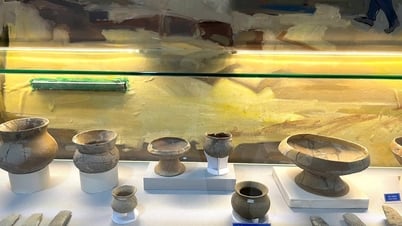















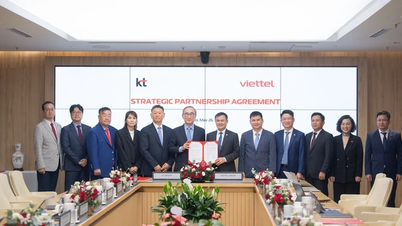



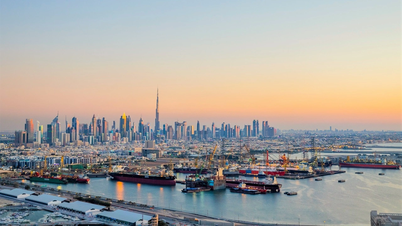





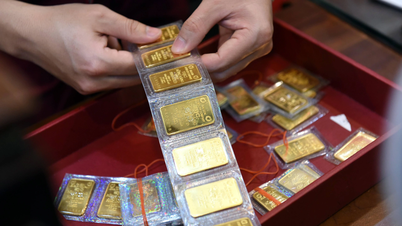






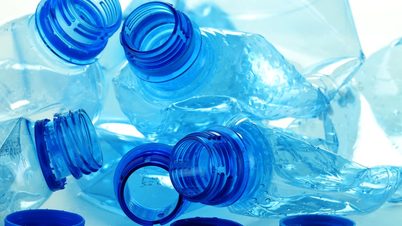



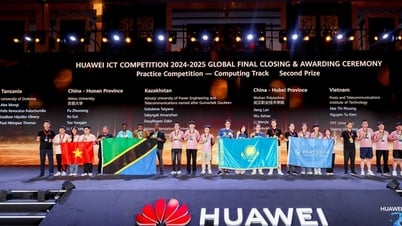










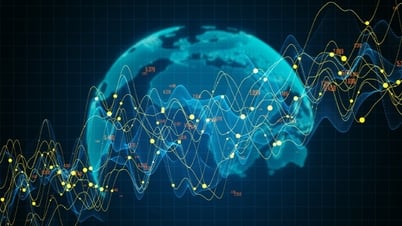













Comment (0)